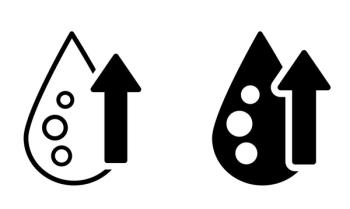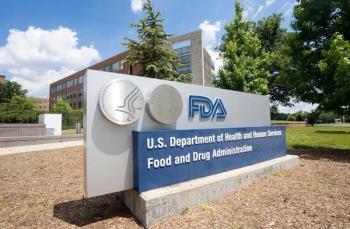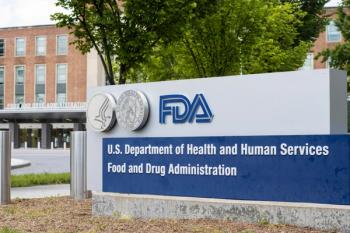
Statins Linked to Lower Sepsis Risk in Dialysis
BALTIMORE -- Statins are associated with a reduced risk of sepsis for kidney patients on dialysis, found researchers here.
BALTIMORE, April 6 -- Statins are associated with a reduced risk of sepsis for kidney patients on dialysis, found researchers here.
In a national cohort of 1,041 patients on dialysis, the rate of sepsis among those taking statins was 63% lower than among the remaining patients, according to Rajesh Gupta, M.D., of Johns Hopkins. Dr. Gupta is now at Northwestern in Chicago.
The apparent protective effect of the cholesterol-lowering statins was statistically significant in almost all subgroups analyzed, Dr. Gupta and colleagues reported in the April 4 issue of the Journal of the American Medical Association.
"Although the overall absolute risk is relatively small, the statin group's risk is dramatically lower," Dr. Gupta said in a statement. "Those taking statins had a 41 in 1,000 chance of being hospitalized for sepsis, while the other group not taking statins had a 110 of 1,000 risk."
The difference was significant at P<0.001, he and colleagues said.
The findings come from the Choices for Healthy Outcomes in Caring for ESRD (CHOICE) study, which was initiated in 1995 to investigate treatment choices and outcomes of dialysis care, Dr. Gupta and colleagues said.
The primary outcome for this prospective, observational study, which included follow-up to 2005, was hospitalization for sepsis. Overall, there were 303 hospitalizations for sepsis in the cohort.
Only 14% of the patients were on a statin at the start of the study, which included patients from 81 not-for-profit dialysis clinics across 19 states.
Aside from the crude analysis, the researchers conducted a series of adjusted analyses to take into account various possible confounding factors. They also performed a propensity-matched analysis, which compared patients with a similar likelihood of being prescribed a statin.
The researchers found:
- The crude incidence rate ratio of sepsis was 0.37 (with a 95% confidence interval from 0.22 to 0.61), or 63% lower in the statin group compared with the control group.
- When demographic factors and type of dialysis were included, the incidence rate ratio was 0.41 (with a 95% confidence interval from 0.25 to 0.68) in favor of the statin users.
- When comorbidities were added to the model, the incidence rate ratio was 0.40 (with a 95% confidence interval from 0.24 to 0.67) in favor of the statin users.
- When laboratory values for such factors as cholesterol, hematocrit, and C-reactive protein were added, the incidence rate ratio became 0.38 (with a 95% confidence interval from 0.21 to 0.67) in favor of the statin users.
The propensity-matched subcohort included 107 of the initial statin users, and an equal number of non-statin users with a similar propensity to have been prescribed a statin, based on such factors as history of myocardial infarction, cerebrovascular event, peripheral vascular disease, and diabetes.
In that cohort, the researchers found, the relative risk of sepsis per 1,000 patient-years was 0.24 (with a 95% confidence interval from 0.11 to 0.49) for statin users compared with non-users.
Exactly why statins might have a protective effect is not known, Dr. Gupta said, although there is evidence from animal models that the effect is a real modification of risk, rather than a simple association.
"Statins are known to have an effect on the body's immune system, but what that is exactly, and how many statin users it affects, is still not widely understood," he said.
Because the study was observational, it is limited by confounding by indication for treatment because of lack of randomization. For this reason, it can't demonstrate cause and effect, the researchers noted, calling for a prospective randomized trial to confirm or refute the observation.
Newsletter
Enhance your clinical practice with the Patient Care newsletter, offering the latest evidence-based guidelines, diagnostic insights, and treatment strategies for primary care physicians.


















































































































































































































































































